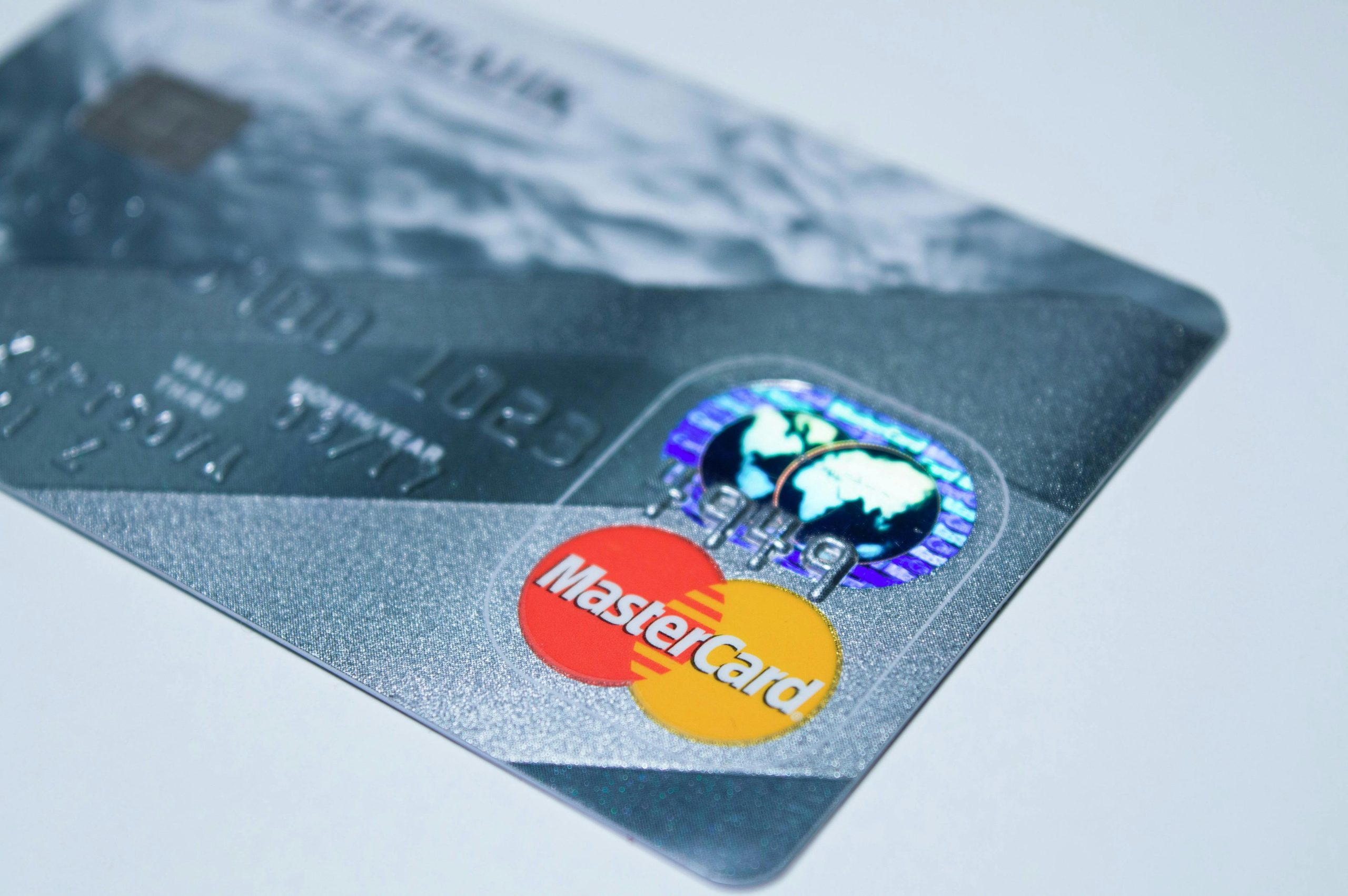You swipe your card or use the ATM like you’ve done a hundred times before — but this time, someone’s waiting on the other side to steal your information. Welcome to the world of card skimming: a type of fraud that’s silent, fast, and widespread. Here’s how to protect yourself and what to do if you think you’ve been targeted.
🏦 1. What Is Card Skimming?
Card skimming is a method criminals use to illegally copy the information from your debit or credit card when you use it at a compromised machine.
They typically place small, hidden devices over the card slot or inside the machine that read and store your card data when you insert it. Often, these setups also include tiny hidden cameras or fake keypads to capture your PIN code. Once they have this information, scammers can clone your card and make unauthorized purchases — sometimes before you even know it’s gone.
🔍 2. Where Skimming Happens Most Often
Skimmers are smart about where they set up shop. Here’s where you should stay extra alert:
- ATMs in poorly lit or remote areas are prime targets because criminals can tamper with them without drawing attention.
- Gas station pumps are a common hotspot, especially those far from the cashier or with outdated hardware.
- Ticket vending machines and self-service kiosks, particularly those in train stations or malls, are also frequent targets.
- Even restaurant or retail terminals can be compromised if an employee is part of the scam.
👉 Tip: Always choose machines located inside secure buildings or under surveillance whenever possible.
⚠️ 3. Red Flags to Watch For
Before using any card reader, take a moment to inspect it. Here’s what should raise suspicion:
- Loose, bulky, or misaligned card slots may indicate a skimmer device is attached.
- Keypads that seem thicker or spongy can be overlays hiding another device underneath.
- Tiny holes or parts that look like camera lenses, especially above the keypad — these can capture your PIN.
- No reaction from the machine when you insert your card or press buttons, or if it takes longer than usual to respond.
If anything feels off or different from nearby machines, don’t use it.
🛡️ 4. How to Stay Safe
You can reduce your chances of being skimmed with a few practical habits:
- Use indoor ATMs, preferably at a bank or trusted location.
- Always cover the keypad with your hand when entering your PIN — even if you’re alone.
- Gently pull and shake the card reader and keypad to check for overlays.
- Sign up for bank alerts so you get immediate notifications for every transaction.
- Avoid public ATMs late at night or when there’s no one around.
These small actions can help you stay one step ahead of card thieves.
🚨 5. What to Do If You Suspect Skimming
If you suspect that your card was compromised:
- Report it immediately to your bank or card issuer and block the card.
- Monitor your account for suspicious charges — even small ones that scammers use to “test” your card.
- Change your PIN as soon as possible.
- File a report with your local police or cybercrime authority.
- Contact Fast-Recover — our team can help guide you through the recovery process and assist in gathering the evidence you need.
🆘 Need help?
If you think you’ve been a victim of card skimming or ATM fraud, Fast-Recover can help you act fast and recover what’s yours.
📧 Email: info@fast-recover.com
🌐 Website: www.fast-recover.com


